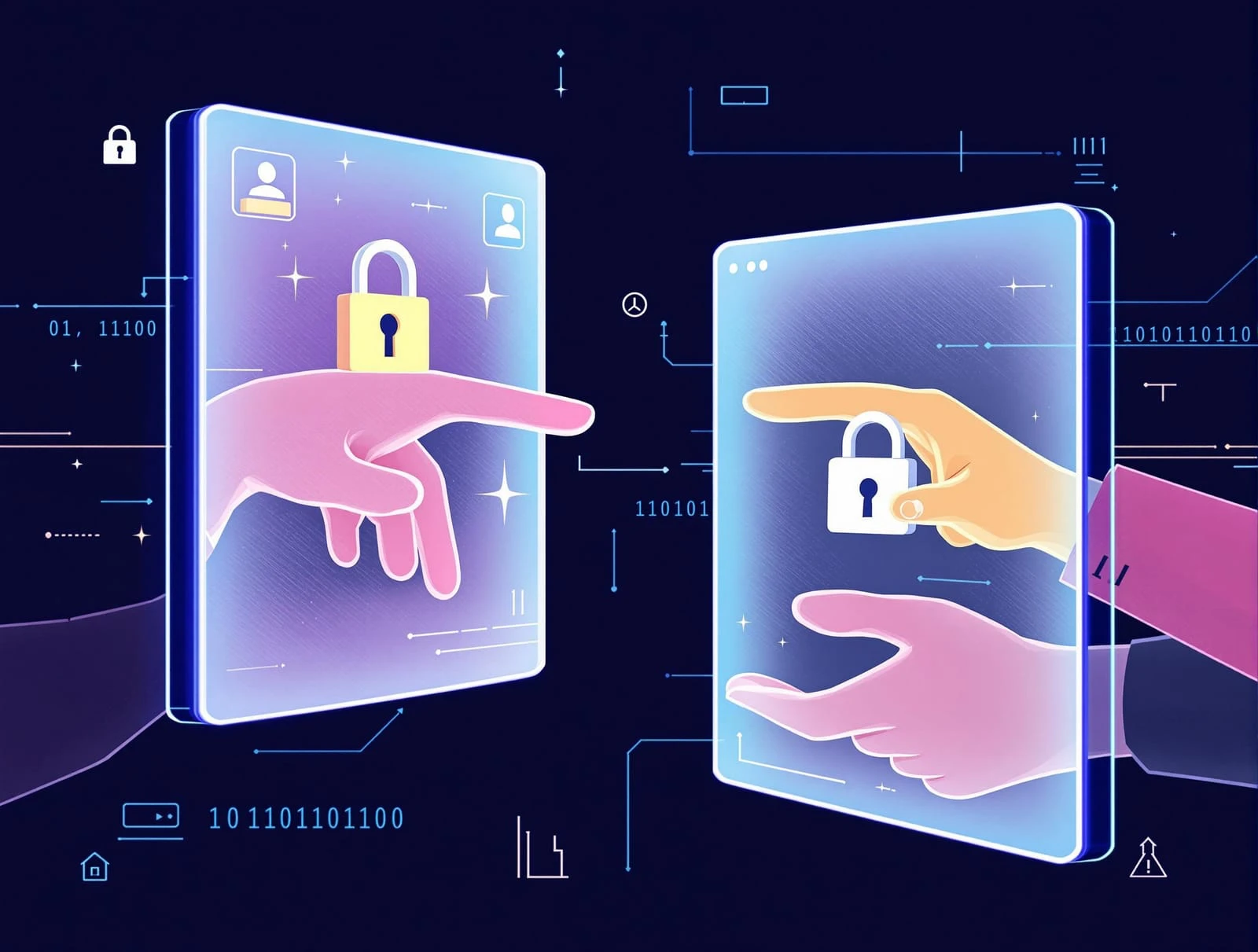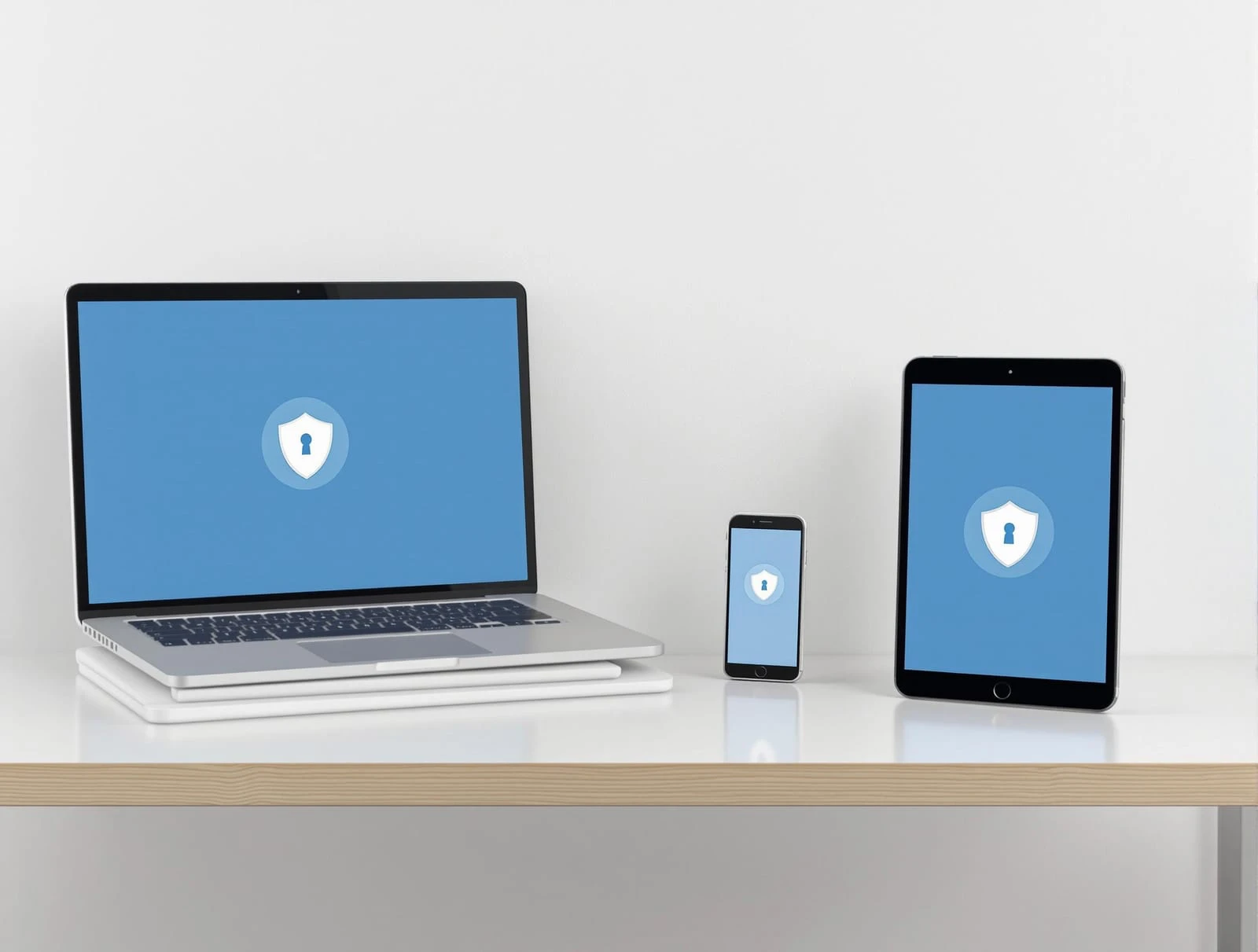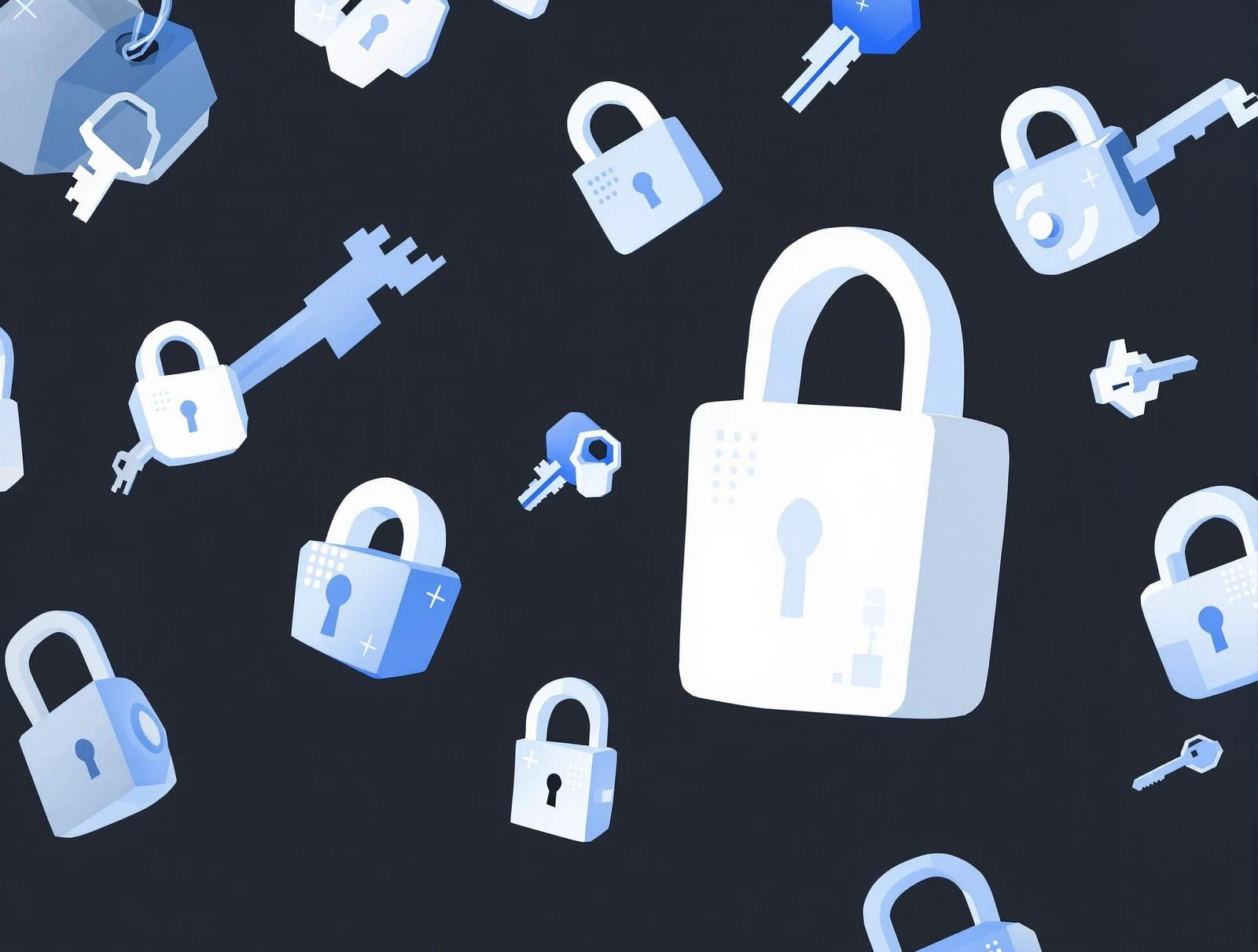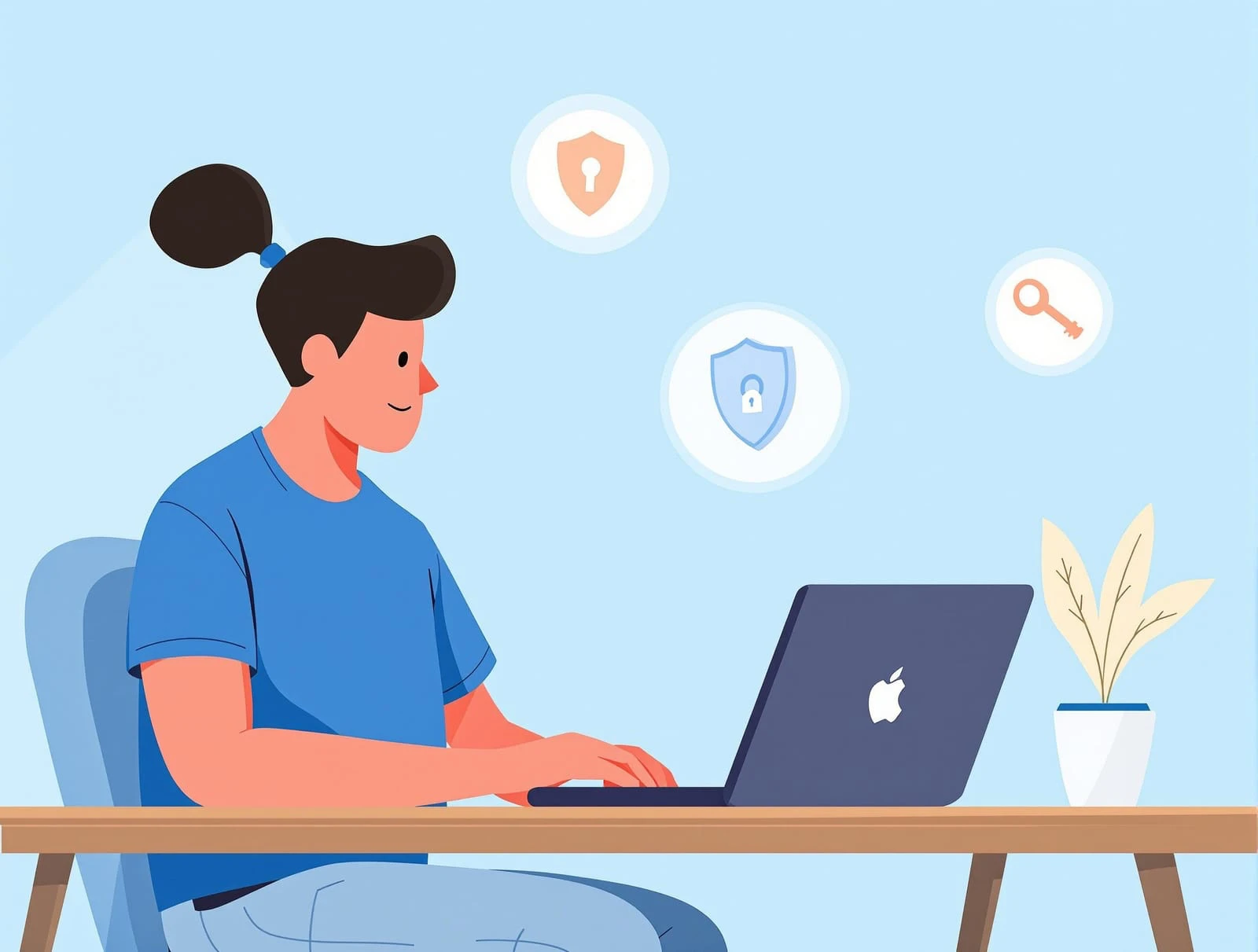Why I Use OpenPGP and How You Can Too
 We live in a time in which our most personal conversations happen through screens and keyboards. Every email, message, and document we send travels through countless servers before reaching its destination. As someone who works in IT, I've seen firsthand how easily digital communication can be intercepted or compromised.
We live in a time in which our most personal conversations happen through screens and keyboards. Every email, message, and document we send travels through countless servers before reaching its destination. As someone who works in IT, I've seen firsthand how easily digital communication can be intercepted or compromised.
That's why I rely on OpenPGP – not because I have anything to hide, but because I value the fundamental right to private communication. It's one of the most robust encryption standards available, protecting digital conversations for over three decades.
OpenPGP: More Than Just Encryption
OpenPGP operates on a beautifully simple concept. Imagine you have a special lockbox that only you can open. You can give copies of the lock to anyone, but the key stays with you. When someone wants to send you a secret message, they lock it with your lock and send it. Only your key can open it.
This is essentially how OpenPGP works, but with mathematical precision. You generate two mathematically linked keys: a public key you share freely, and a private key that stays securely with you. The mathematics is so solid that even powerful computers would need centuries to break properly implemented encryption.
Beyond hiding messages, OpenPGP also lets you sign them, creating a digital fingerprint that proves authenticity and prevents tampering. Think of it as an impossible-to-forge tamper-evident seal.
🎯 Try It Yourself
Want to see how OpenPGP encryption works in practice?
Experience the complete encryption workflow: write a message, encrypt it with a public key, and decrypt it with the private key.
Why I Choose OpenPGP Over Other Solutions
The digital landscape is full of encrypted messaging apps, so why OpenPGP? The answer is control and longevity. Most encrypted services are controlled by companies that could change policies, be acquired, or shut down. With OpenPGP, I own my keys and control my encryption. No company can revoke my ability to communicate securely.
OpenPGP has proven its resilience over decades of scrutiny by security experts. This isn't trendy new encryption with potential undiscovered flaws – it's battle-tested technology protecting everything from personal emails to classified communications.

When OpenPGP Makes a Real Difference
Recently, I collaborated on a sensitive project involving technical specifications. Using regular email would have meant this information could be accessed by anyone with administrative access to email servers. With OpenPGP, only my intended recipients could read the details.
I've also helped friends protect personal information during legal matters or medical communications. When sending documents containing social security numbers or financial details, that extra protection becomes crucial. For journalists and activists protecting sources, OpenPGP isn't just about privacy – it's about safety.

Getting Started: The Practical Side
Modern tools have made OpenPGP much more approachable. Windows users can use Gpg4win with its user-friendly Kleopatra interface. Mac users have GPG Suite, which integrates with the built-in Mail app. Linux users often find GnuPG already installed.
The key generation process is straightforward: provide your name and email, choose settings (defaults work fine), and create a strong passphrase. This passphrase protects your private key if someone gains computer access.
Mobile support has improved significantly. Android users have OpenKeychain, which integrates with various apps. iOS is more challenging due to platform restrictions, but ProtonMail provides encrypted email with built-in OpenPGP support.

Essential Key Management
Think of your private key as the master key to your digital identity. Create a revocation certificate immediately after generating keys – this tells the world to stop trusting your key if it's compromised. Store this certificate securely offline.
Back up your keys in multiple secure locations, including offline storage. Set keys to expire after reasonable periods, forcing active renewal as good security practice. Share your public key via key servers but always verify fingerprints through separate channels like phone calls to prevent man-in-the-middle attacks.
Building Good Security Habits & Taking Control
OpenPGP is part of a larger security puzzle. Use strong, unique passphrases and consider hardware security keys for additional protection. Keep software updated and be careful entering passphrases on public computers or unsecured networks.
Device security matters too: full-disk encryption, antivirus software, and firewalls protect where your keys are stored. Privacy isn't about hiding something – it's about controlling your personal information in a world of data breaches and expanding surveillance.

Taking the First Step
Start small: generate a key pair, share your public key with a trusted colleague, and try exchanging encrypted messages. The learning curve isn't steep, and the peace of mind is worth the effort.
Privacy is a practice, not a product. OpenPGP provides the tools, but developing good security habits is ongoing. Your communications are worth protecting – OpenPGP is ready to protect yours too.
Useful Resources
- OpenPGP Official Site: openpgp.org
- Email Security Guide: EFF's Surveillance Self-Defense
- Key Management Best Practices: Riseup's OpenPGP Guide
- Academic Research: The PGP Paradigm